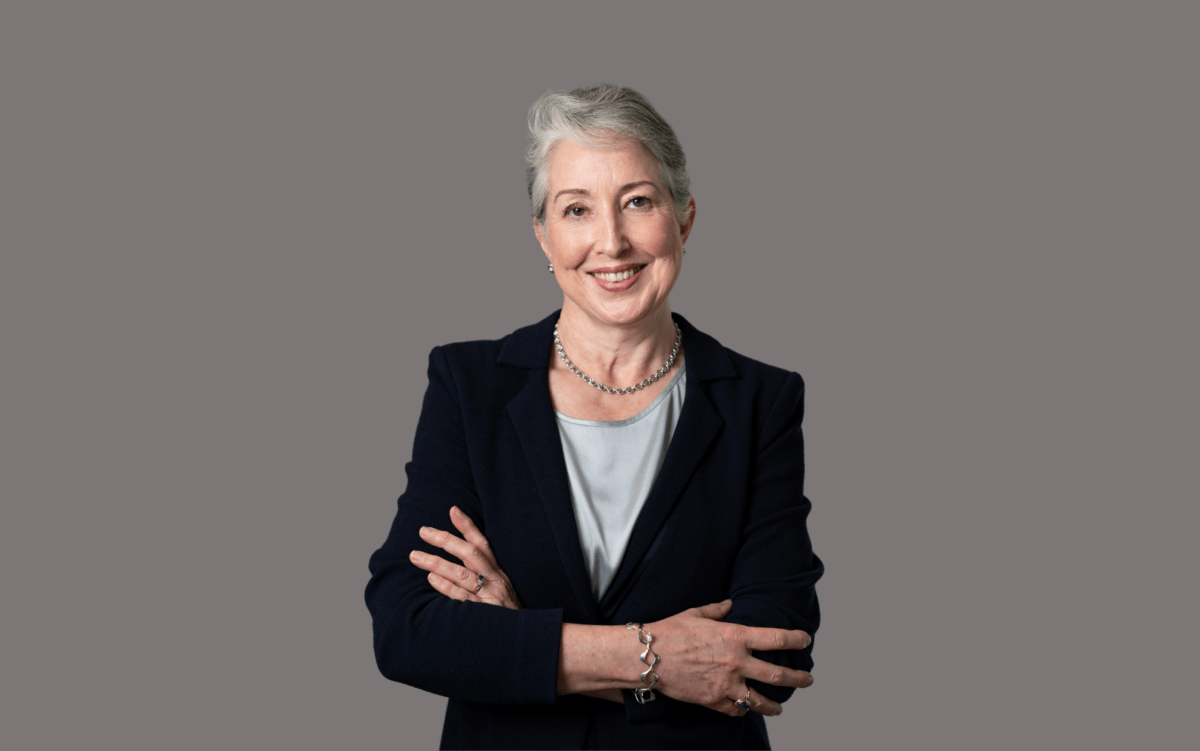Visible positioning on the inclusion of women and minoritized groups in financial services and investment management is now the norm.
Much has changed in a decade to improve upon diversity and inclusion in finance, and is wonderfully portrayed by “Fearless Girl” and her statuary presence on Wall Street. Many financial and investment firms have positioned themselves as advocates for gender and racial diversity across not just finance but throughout corporate America for years. But, as we all know, positioning and doing are two distinct things.
Initially “Fearless G,” as we now call her, was defiantly staring down the Charging Bull statue near Battery Park in New York’s Financial District. The statue was installed on March 7, 2017, in tribute to International Women’s Day and ever since has attracted ever-expanding interpretations of her purpose and import. To us, at least, she is more than a tip of the hat to International Women’s Day.
On our data, women represent just 19 per cent of CFA Institute members globally – often seen as a proxy for the investment industry – and only 17 per cent in the US. We are actively committed to changing these metrics.
Fearless G has since relocated to her new location across from the New York Stock Exchange, just a couple of blocks away from her original perch. Now she glares at Wall Street personified, the iconic stock exchange building located at the corner of Broad and Wall streets in New York, where her rebel with a cause symbolism has become even more pronounced.
Many feel she embodies a glass-ceiling protest in the financial services sector where women and other underrepresented populations have faced long and continuing barriers to promotion, equal opportunity, and equal pay. To us at least, while it’s clear that Fearless G has more work to do, we think she shouldn’t have to do it alone.
According to 2023 figures reported in the Pensions & Investments publication, the use of money management firms owned by women, minorities, people with disabilities and veterans (WMDV) by the top 200 US retirement plans is exceedingly small. Of the top 200 defined benefit pensions surveyed for 2023, only 22 funds reported WMDV allocations, amounting to AUM of around $130 billion. It sounds sizeable and it is an increase over the $120 billion reported in 2022. Yet, when compared to a total AUM at these pensions of over $3.32 trillion – it is scarcely 3 per cent of pension assets held by the top 200 funds.
While progress has been slow in advancing the aim of diversity, equity, and inclusion in finance, many pension executives are affirming a commitment and focus on allocations to diverse managers. Actions have included the adoption of formal diversity hiring policies at funds as well as the addition of diversity and inclusion factors in every manager search process. Importantly, these plan executives are quick to point out these hires are not an affirmative-action plan for the pension fund but are an acknowledgment that a diverse pool of asset managers can reduce volatility as it increases cognitive diversity, portfolio diversification and alpha opportunities.
Beyond diverse management and ownership of firms lies the more foundational matter of ensuring that the broader employee base in the investment management and financial services industry is becoming more inclusive and diverse in its make-up. Human resource departments across a wide range of employers have worked at varying paces to build a more diversified work force for decades. But progress depends in large part on a range of factors including the available candidate pool, the size of firms and a level of dedication in the C-suite to race, culture, and gender diversity.
Based on the work we have done at CFA Institute with a wide range of asset owners, asset holders and other market participants, we lay out a few basic principles for expanding a diverse pool of employees and prospects that are vital to the investment industry’s long-term success.
First, ensuring that all aspects of hiring practice are equitable and inclusive, from university graduate recruitment to experienced hires and senior roles, is critical to improving diversity.
Second, the aspects of promotion and retention are key features of an effective diversity plan that are often overlooked. Firms that ensure access to training, new opportunities, and initiate performance appraisal processes that seek to improve diversity are key to building employee visibility and experience. The principle of retention involves designing and maintaining inclusive support systems, such as mentorship and sponsorship, work–life accommodations, and efforts to eliminate harassment, which can be a principal cause of departure.
Third, the attributes of firm leadership are key in the diversity equation. If leadership sets clear diversity expectations for inclusive behavior and then modelsthat behavior, they establish a culture that becomes embedded and supported. To drive progress, leadership itself must be diverse, inclusive, accountable to stakeholders, and trained to manage and lead diverse teams at all operational levels within the organization.
more action needed
We should be proud of the progress we are making, but it is safe to say that Wall Street diversity and inclusion is still a work-in-progress.
We are encouraged, however, that signs are everywhere that this has become far more than a talking point.
Women are now 28 per cent of CFA candidates in the US, those just starting out in their careers, 33 per cent pre-pandemic. Not enough, but back on an improving trend.
Now, progress is being supported by the growing influences of investment management clients and the consumers of other financial services that have the ability to urge principles and practices that promote greater diversity within the industry.
Whether it is diversity of financial firm ownership, within the firm’s leadership team or among the firm’s rank-and-file employee base, Fearless G’s steady gaze must persist.
Sarah Maynard is global senior head of diversity, equity and inclusion and Paul Andrews is managing director of research, advocacy, and standards at CFA Institute.



